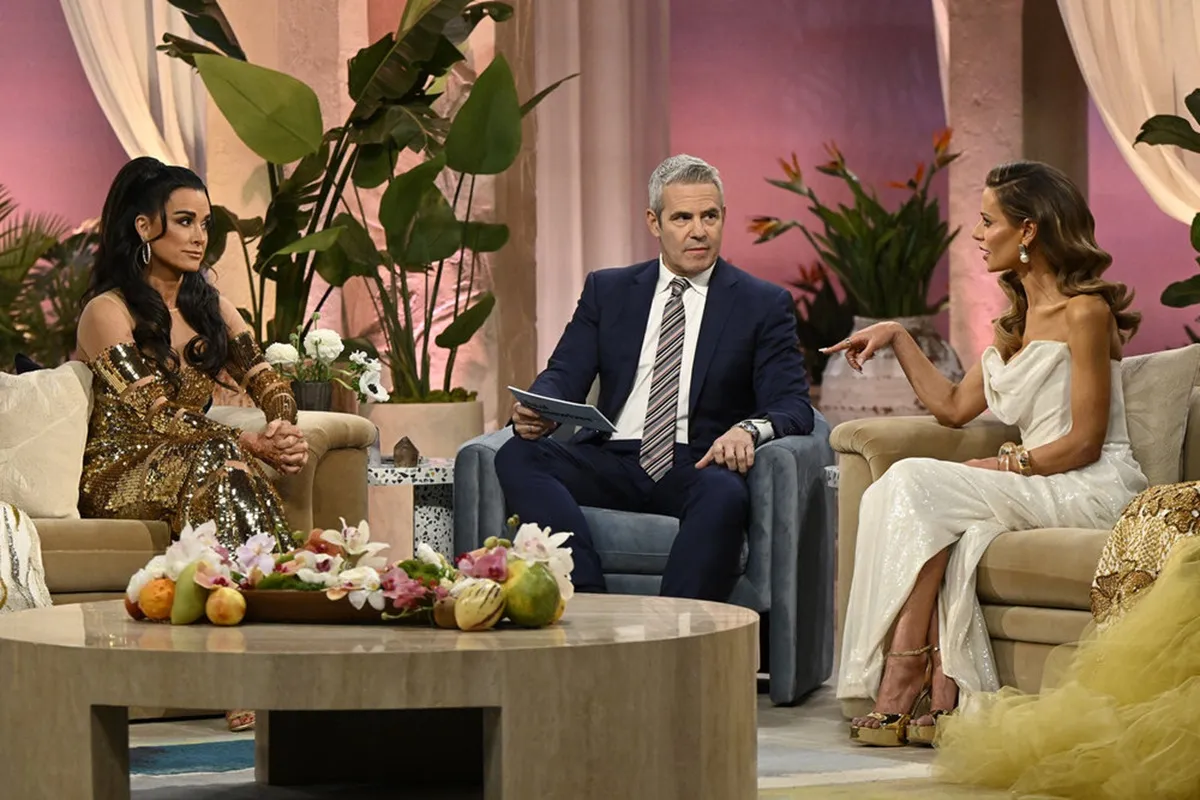Cristina La Veneno Was the First Person In Her Hometown to Own This
For many years, the story of Cristina Ortiz Rodríguez, known more commonly as “La Veneno,” was largely told in the shadows. But thanks to HBO, the magic of the late Spanish entertainer’s life has come to the screen in the form of the hit miniseries Veneno. While the critically acclaimed show gave fans a look into nearly every facet of her life, there were some details from the source material that the show didn’t include.

La Veneno was born in Adra, Spain
The second episode of Veneno dives in to the early life of the legendary trans pioneer and her difficult childhood. She was born in the small town of Adra in southern Spain in March 1964 and spent the first 13 years of her life there.
Throughout her childhood, “Joselito” faced bullying from people in her town and physical abuse from her mother for her perceived homosexual mannerisms.
As a child, La Veneno was mostly reserved and preferred to spend more time with the birds in her town more than the people. Finally, at age 13, she left her home to work on a farm in Marbella.
La Veneno’s family had a special reputation in Adra
Veneno not only tells the story of the iconic performer’s life, but of the writing of that same story. The show’s source material mainly comes from her 2016 autobiography ¡Digo! Ni puta, ni santa: Las memorias de La Veneno (I’m Telling You! Neither a Whore, Nor a Saint: The Memoir of La Veneno). The book was written by journalist and friend Valeria Vegas, who was played by Lola Rodríguez on the show.
While the episode highlighting La Veneno’s early life in Adra revealed many details about her childhood, small details from the book were omitted, likely for time purposes. In one part of her memoir, the “Veneno Pa Tu Piel” singer reflected on when her house became the most popular place in town.
“I remember the first TV that arrived in Adra was the one in my house,” she recalled. “It was a Marconi television and many of our neighbors came to see it. The device didn’t surprise me, but the people who came and went.”
“I wasn’t someone who watched TV a lot,” the future television star admitted. “I liked playing with the animals or kids in my neighborhood more.”
La Veneno went on to become a television star
Despite not caring for television as a child, La Veneno went on to become a TV star in her own right.
In 1996, she was a sex worker based in Madrid’s West Park and became famous across the country overnight after being interviewed for the popular late-night show Esta noche cruzamos el Mississippi (Tonight We Cross the Mississippi). She joined the show a regular guest and became a household name with other shows such as La sonrisa del pelícano (The Pelican’s Smile) or Sálvame (Save Me).
Now, La Veneno’s story is immortalized in her favorite medium: Veneno remains one of the most acclaimed LGBTQ shows of the past decade.


